Over the last 10+ years since I've been visiting, Downtown San Diego has really sprung up with the high-rises and the condos.
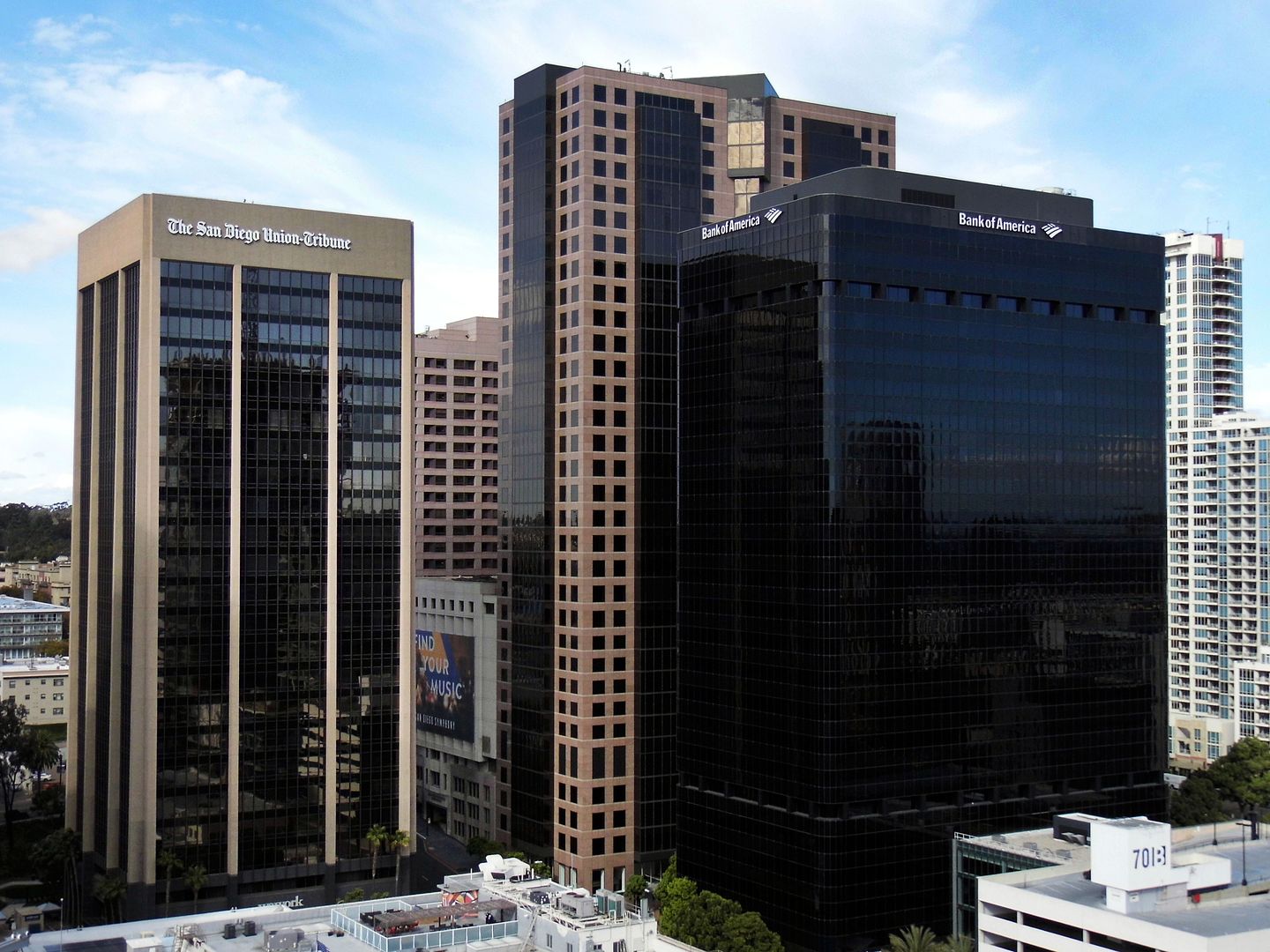
circa 2020, from the tower of the Marriott Courtyard
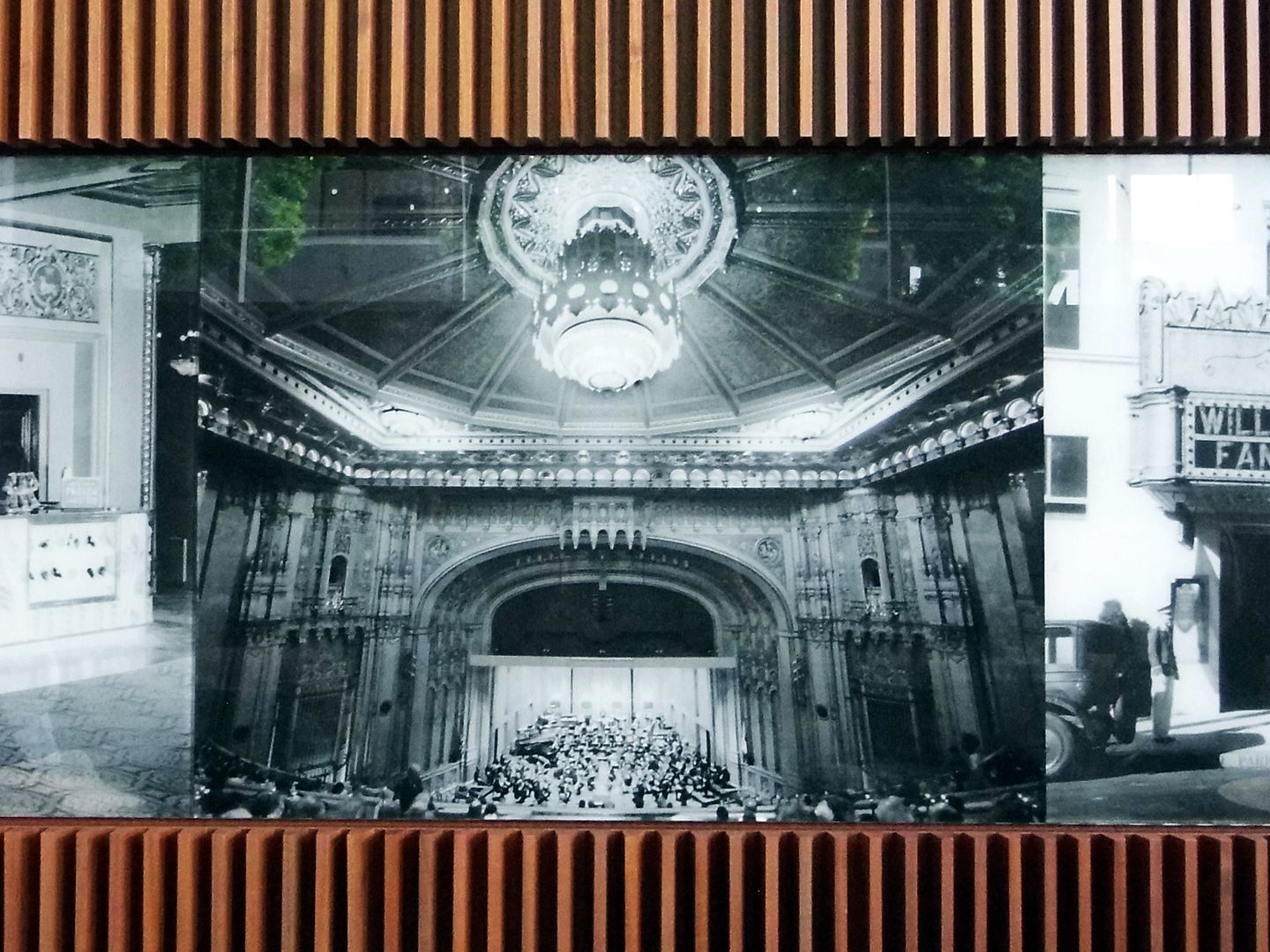
Fortunately, its construction preserved the home of the San Diego Symphony, known as Copley Hall since 1988.
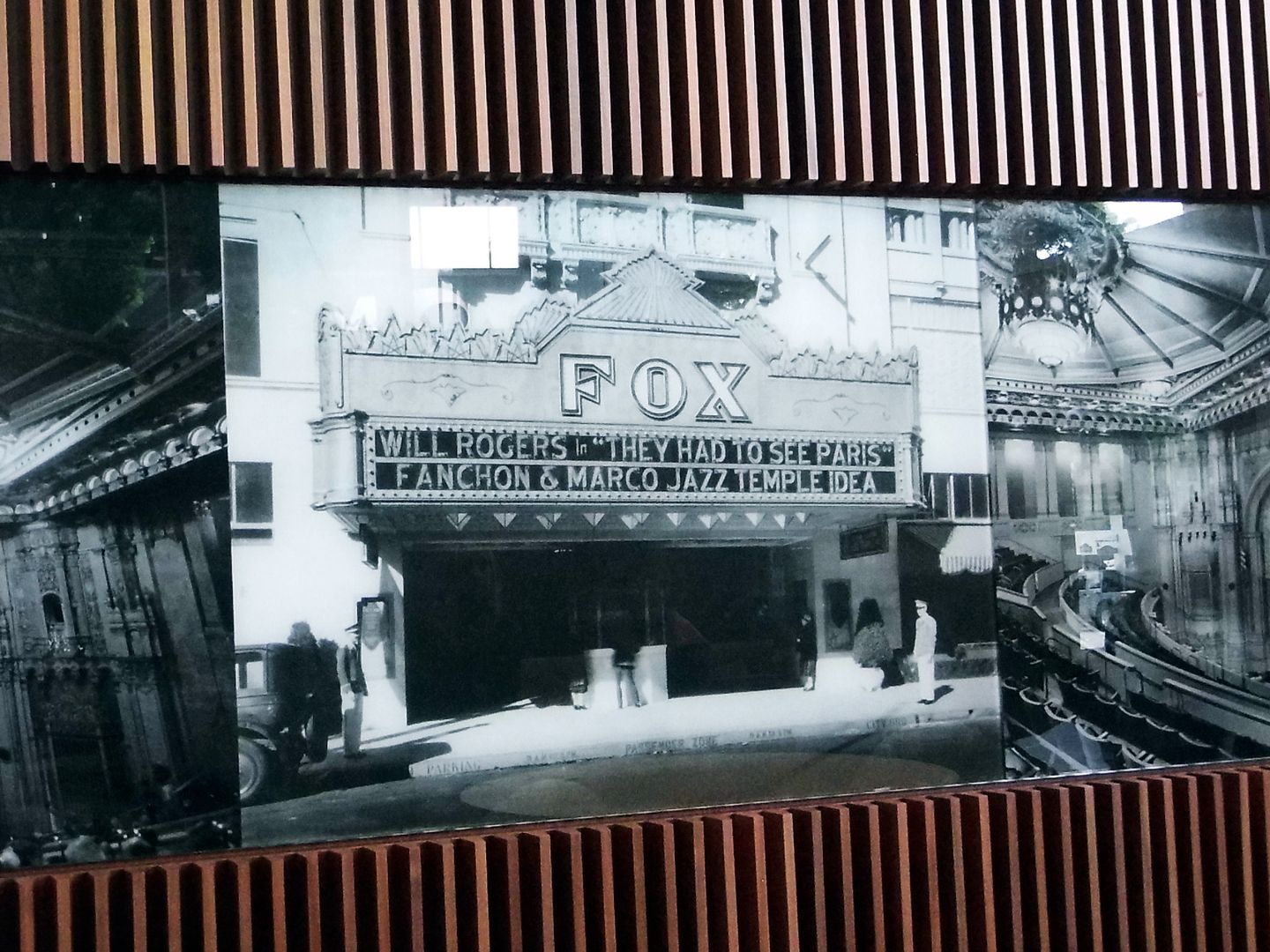
In 1929, today's Copley Hall opened as the Fox Theatre...
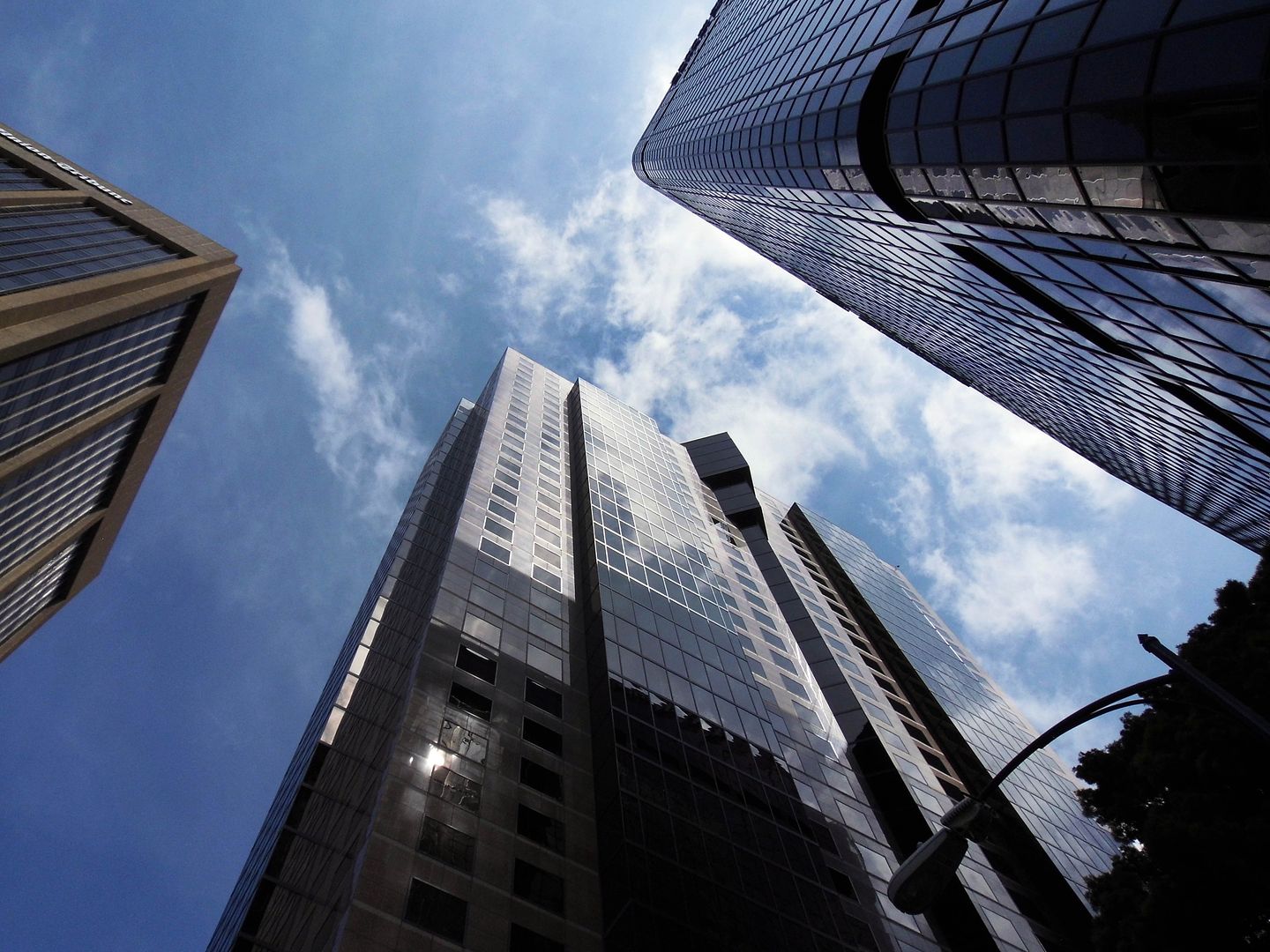
...but you'd never know that a former movie palace was hiding inside this 500-foot glass tower.

The marquee that once faced Seventh Avenue is gone, without a trace (except for the historic photos framed and hung in the lobby).

But from the tower's B Street lobby, you can enter the Joan and Irwin Jacobs Music Center (so named since 2013, after a $120 million donation)...
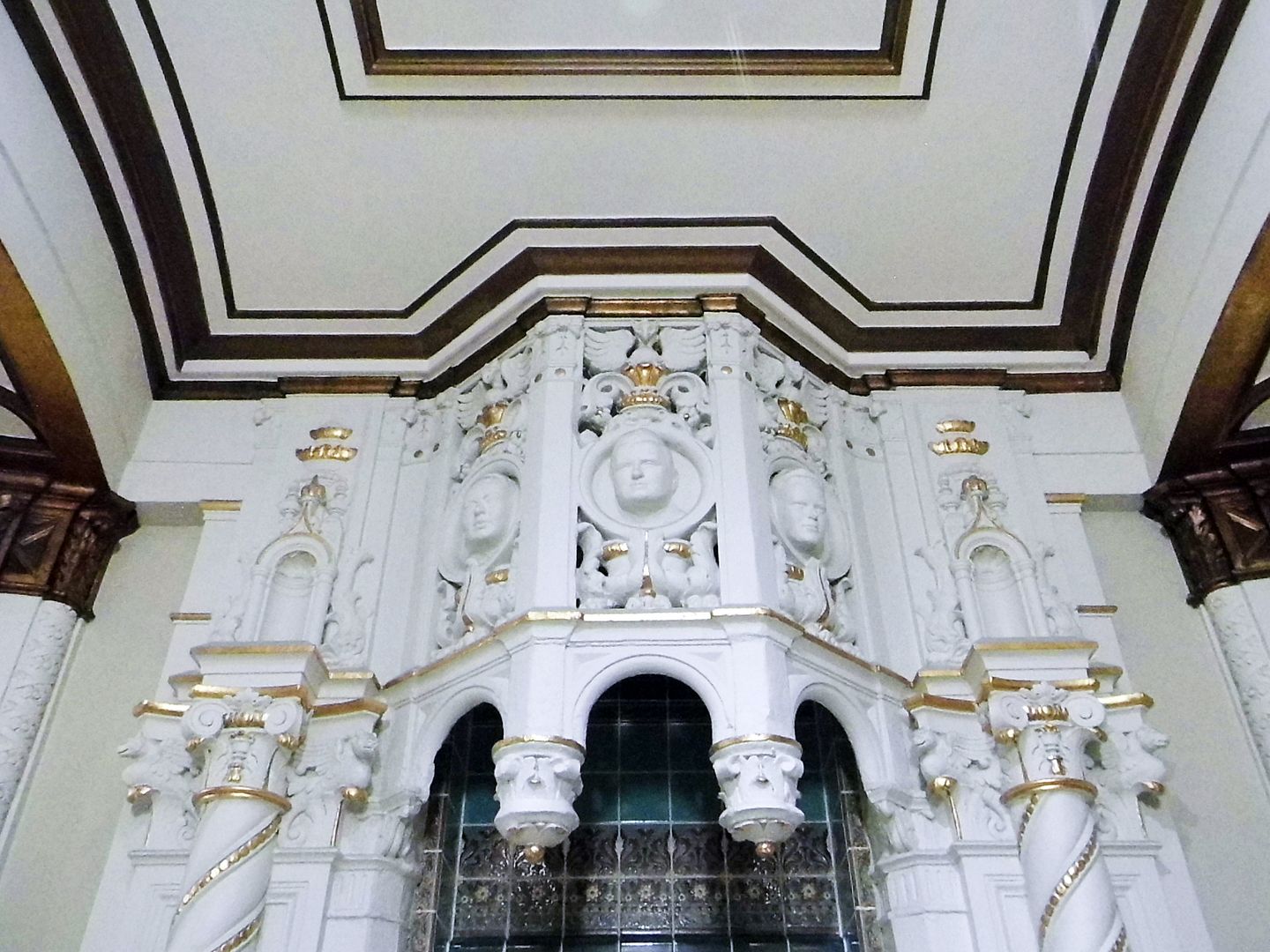
...travel back 90 years and bask in the architecture of W. Templeton Johnson and William Peyton Day (of Weeks and Day)...
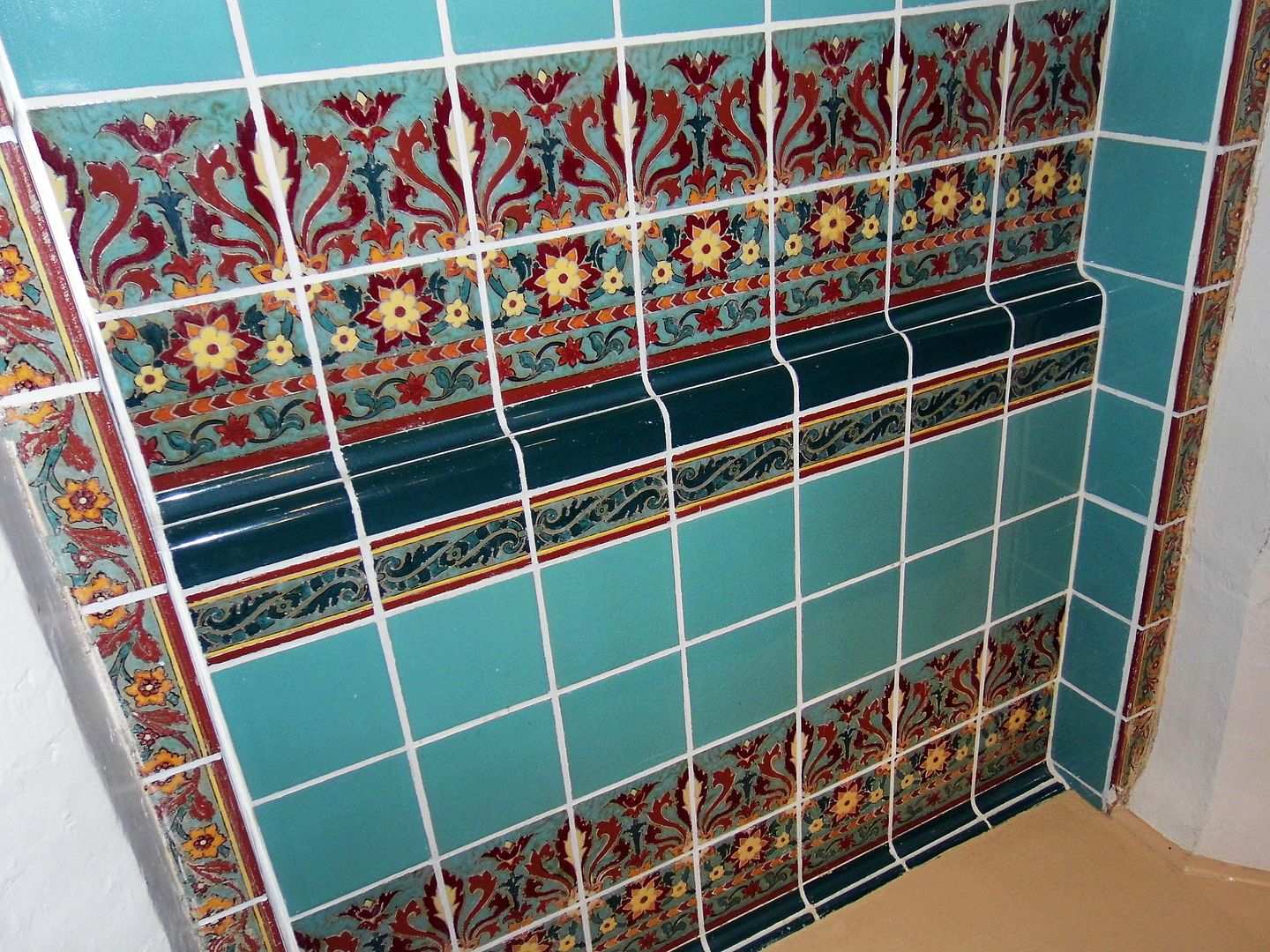
...and the interior design of A.B. Heinsbergen.
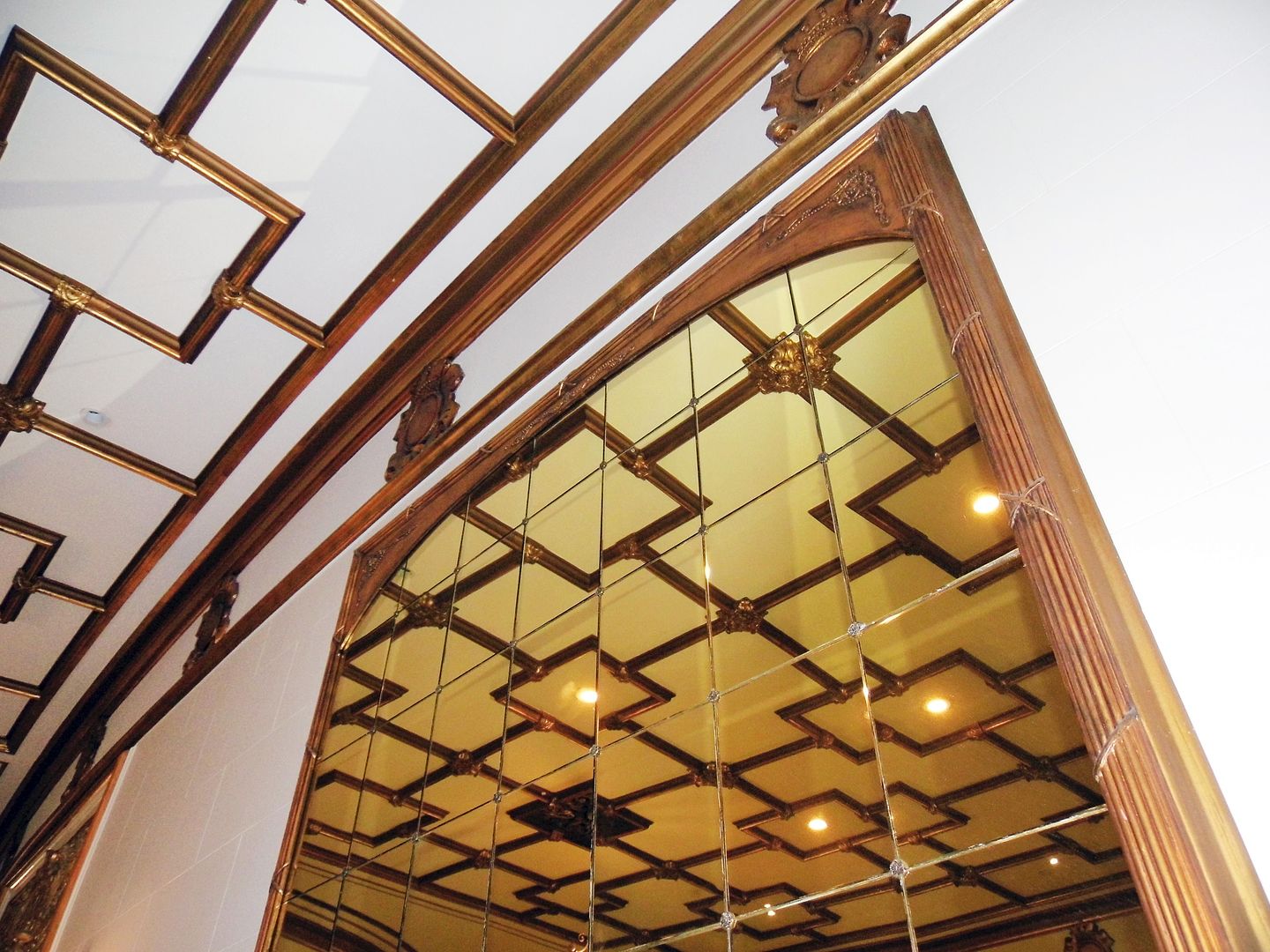
Initially operated by Fox West Coast Theatres, the Fox San Diego was the third largest movie palace on the Pacific Coast—part of the "Fox Block," a massive development by the Gildred Brothers Building Company (Philip L., Sr. and Theodore Gildred) that encompassed an entire city block.
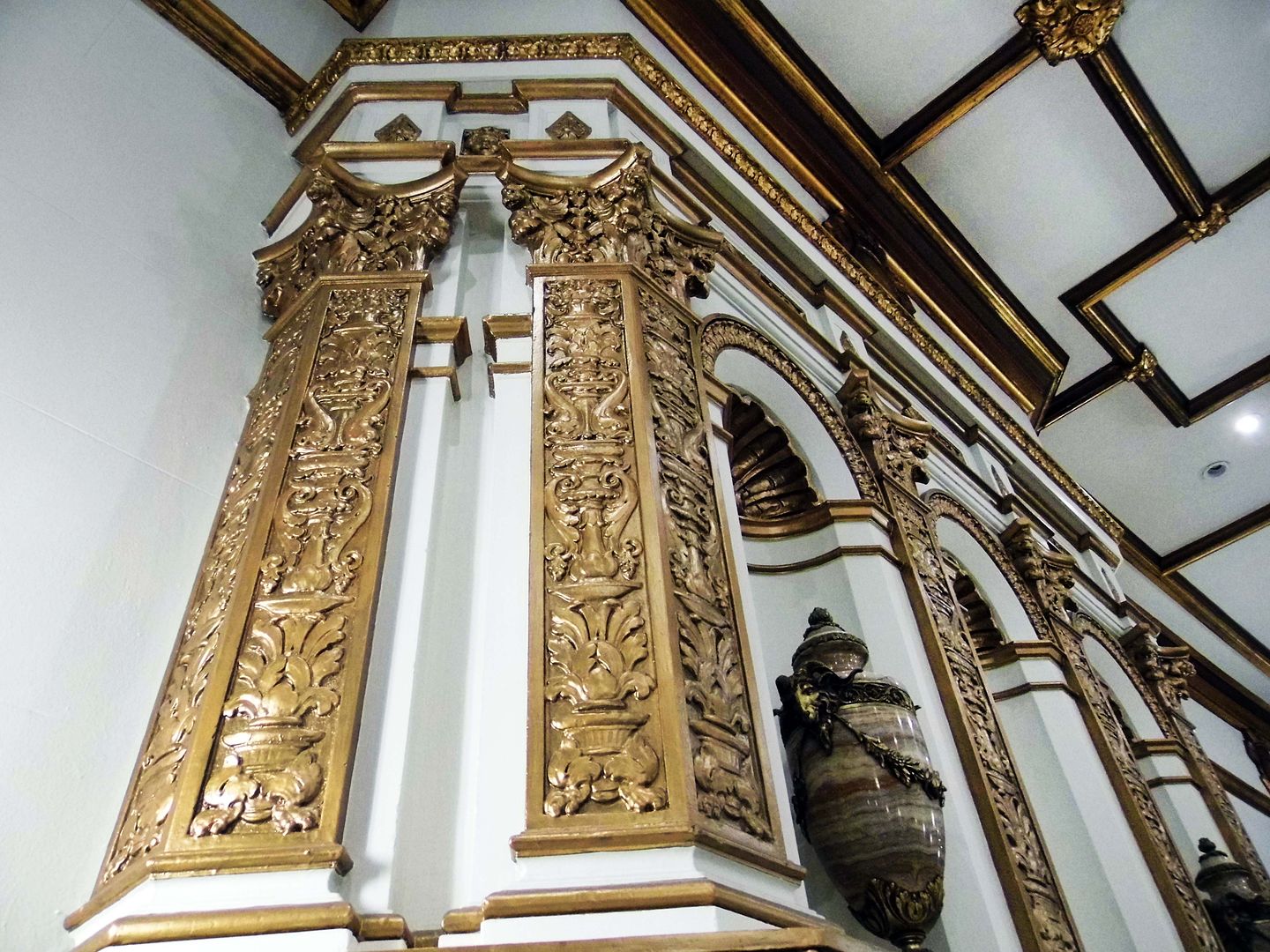
Of course, that original development—$2.5 million worth of performance space, offices, and storefronts—was only four stories tall.
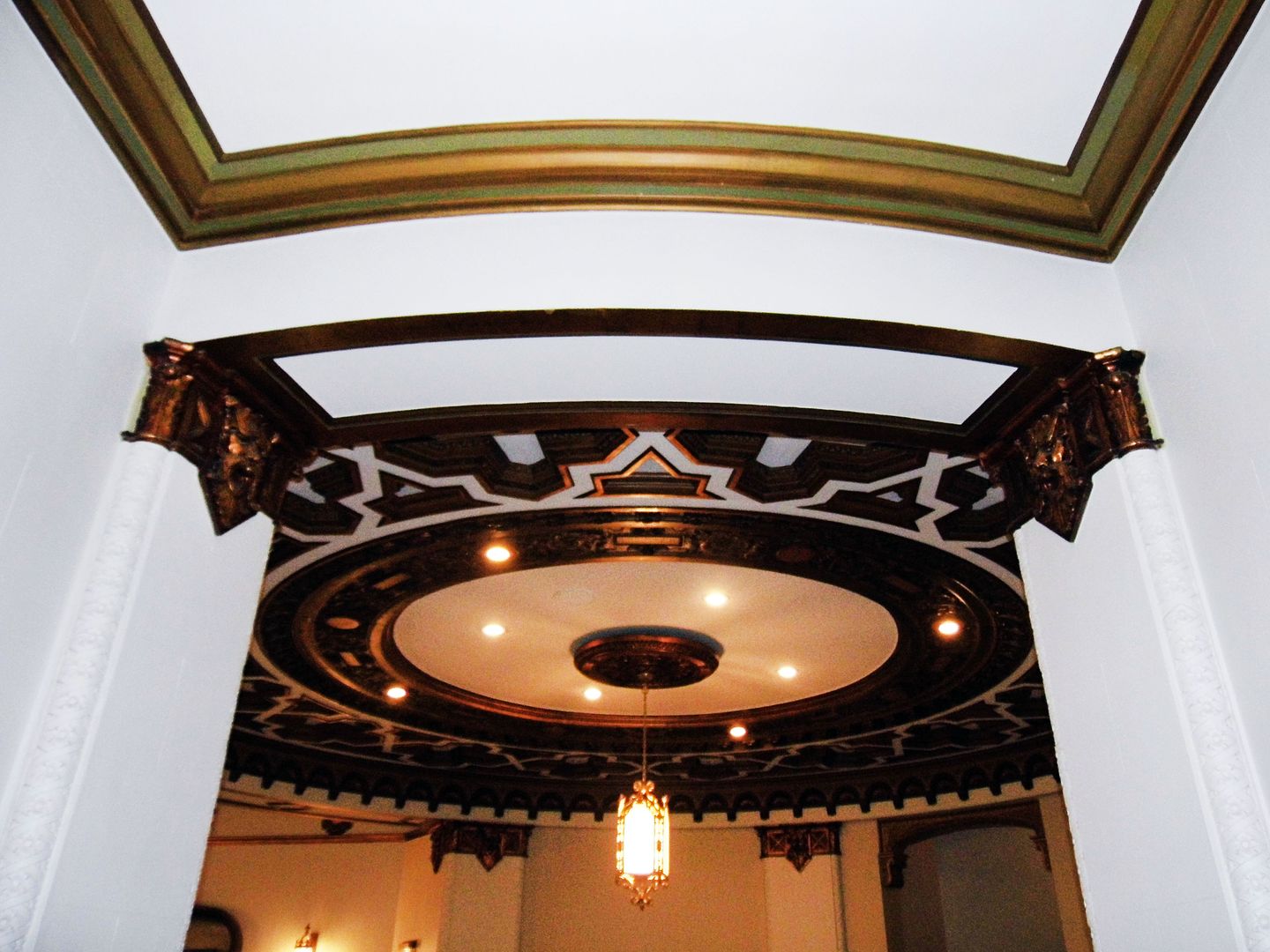
The San Diego Symphony purchased the then-derelict Fox in 1984 and embarked on a massive renovation the following year. While it was originally Gothic Revival with a decorative scheme that reminded some of Spanish Baroque, French Renaissance, or even Rococo, the "warm amber" hues of the mezzanine foyer walls and the "mellow" greens and grays appear to have been whitewashed.
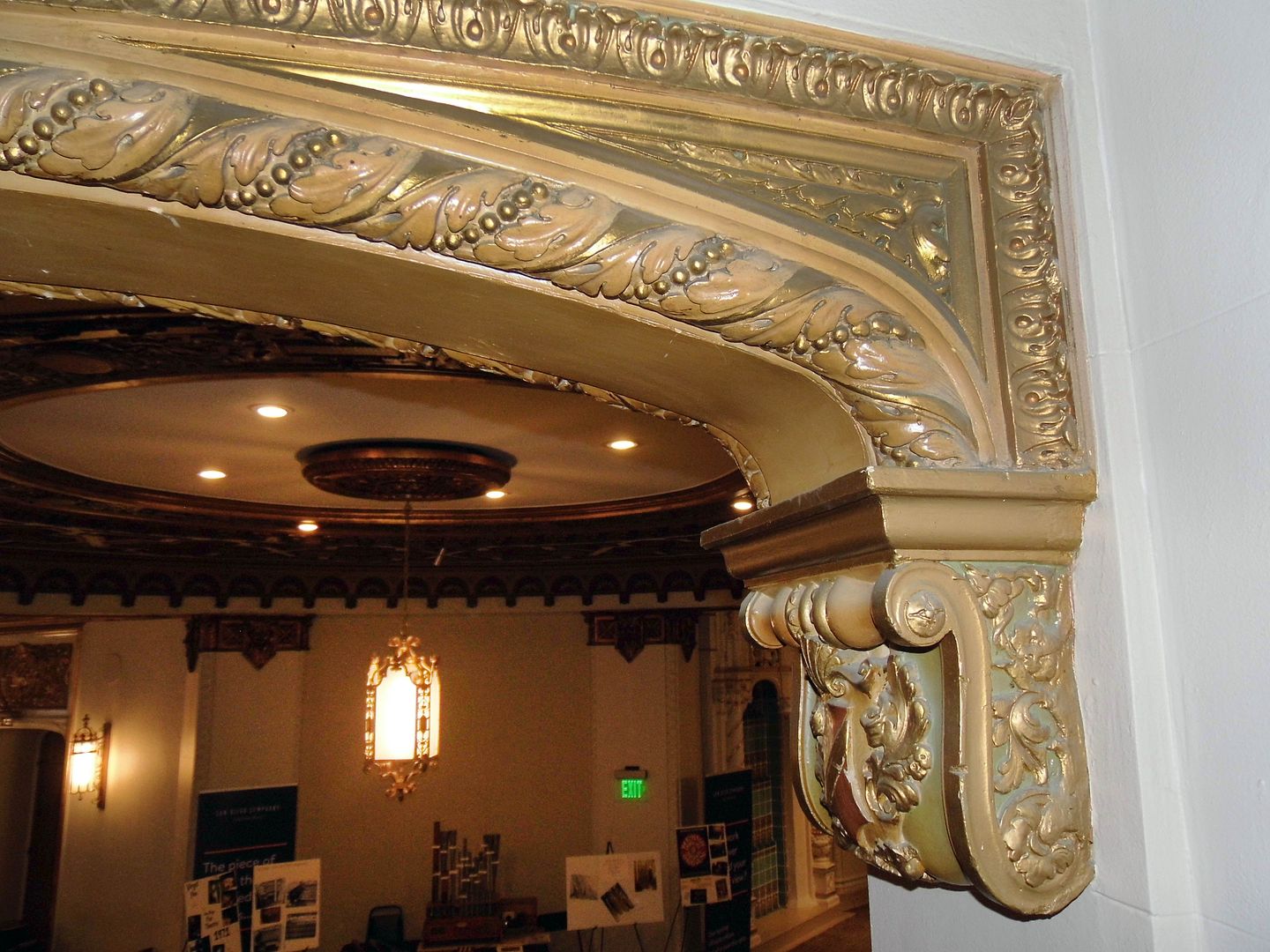
Though it certainly is still gilded.
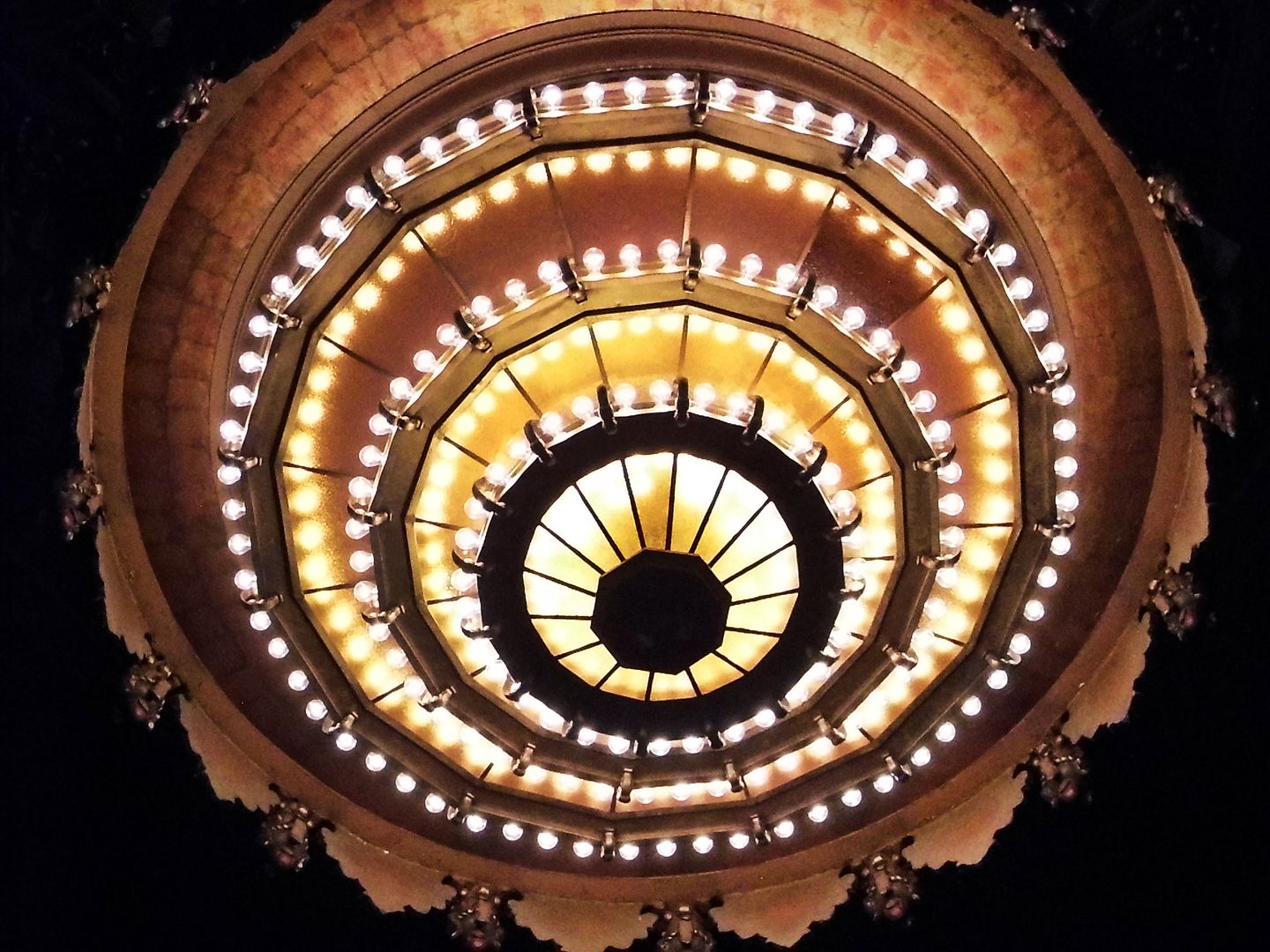
Intriguingly, the former Fox Theatre—now Copley Hall—remains its own building, entirely independent of the structures that surround it. They don't even touch! That way, nothing can interfere with the interior sound quality of the symphony hall.
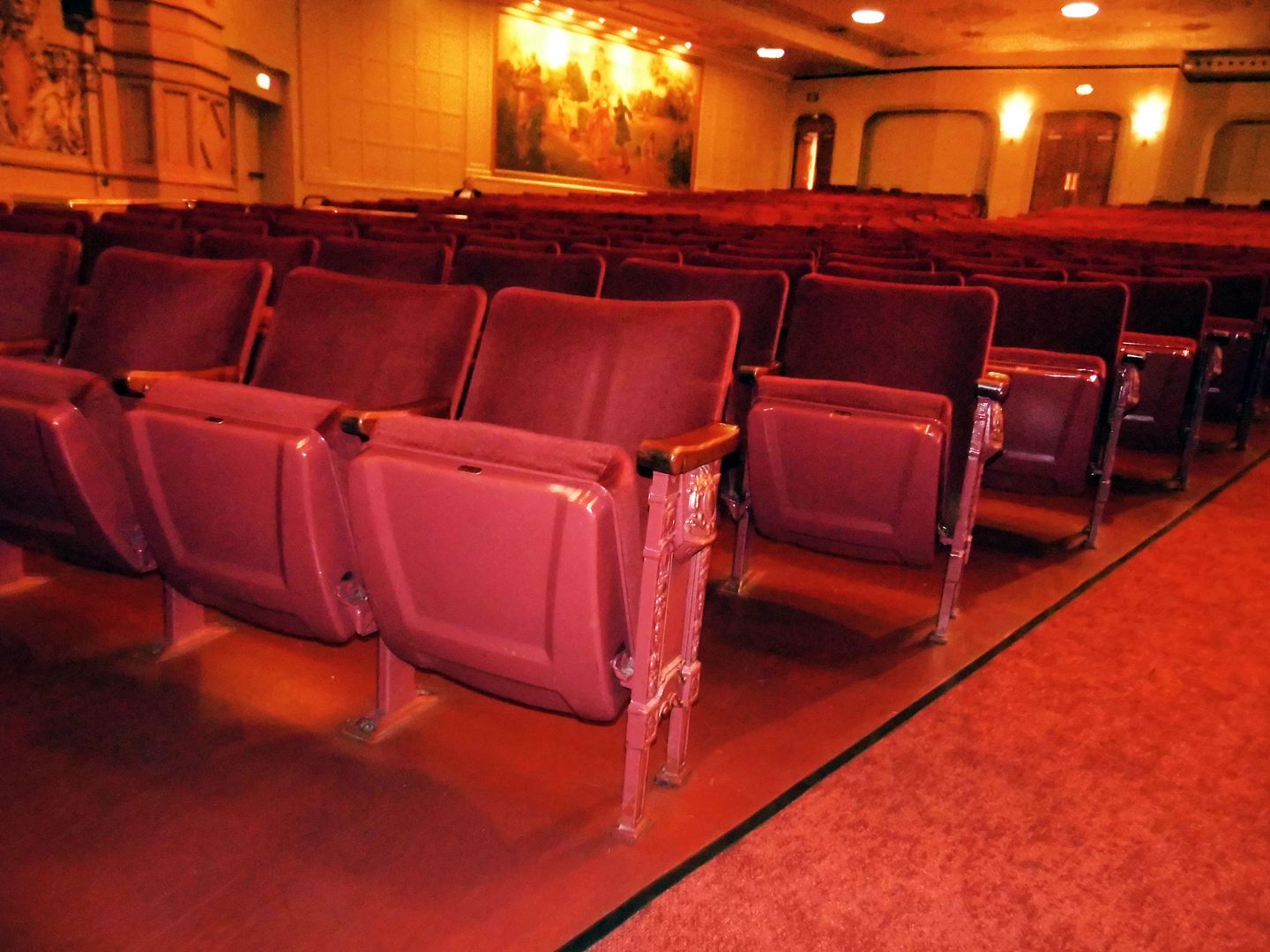
Inside the auditorium, the hall has been meticulously preserved in its original condition (despite or perhaps because of further restoration work that occurred as recently as 2015). The Heinsbergen Decorating Company even returned to the theatre during its 1985 restoration to touch up A.B.'s original murals.
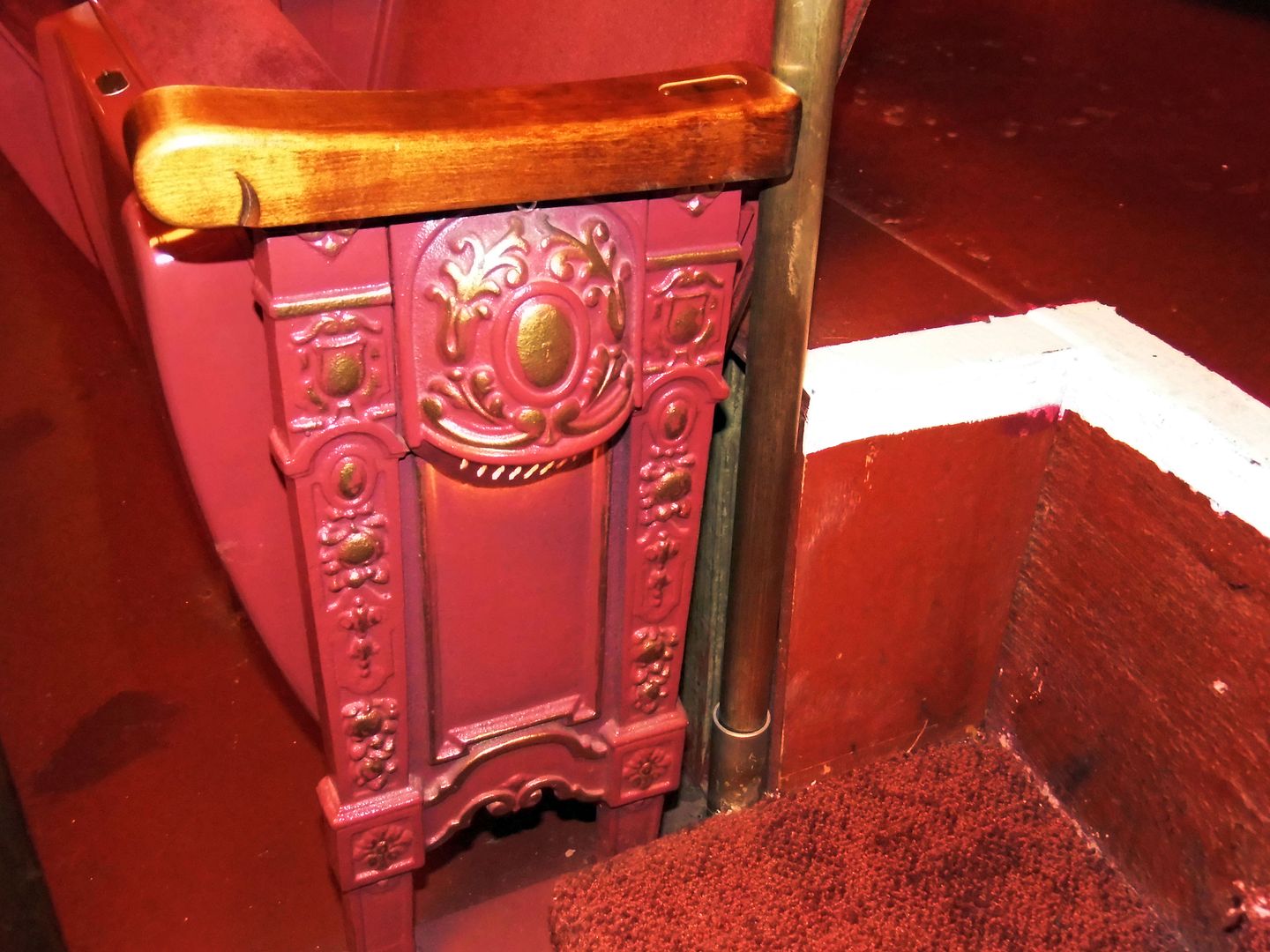
The seating capacity has been reduced from 2876 to 2248...
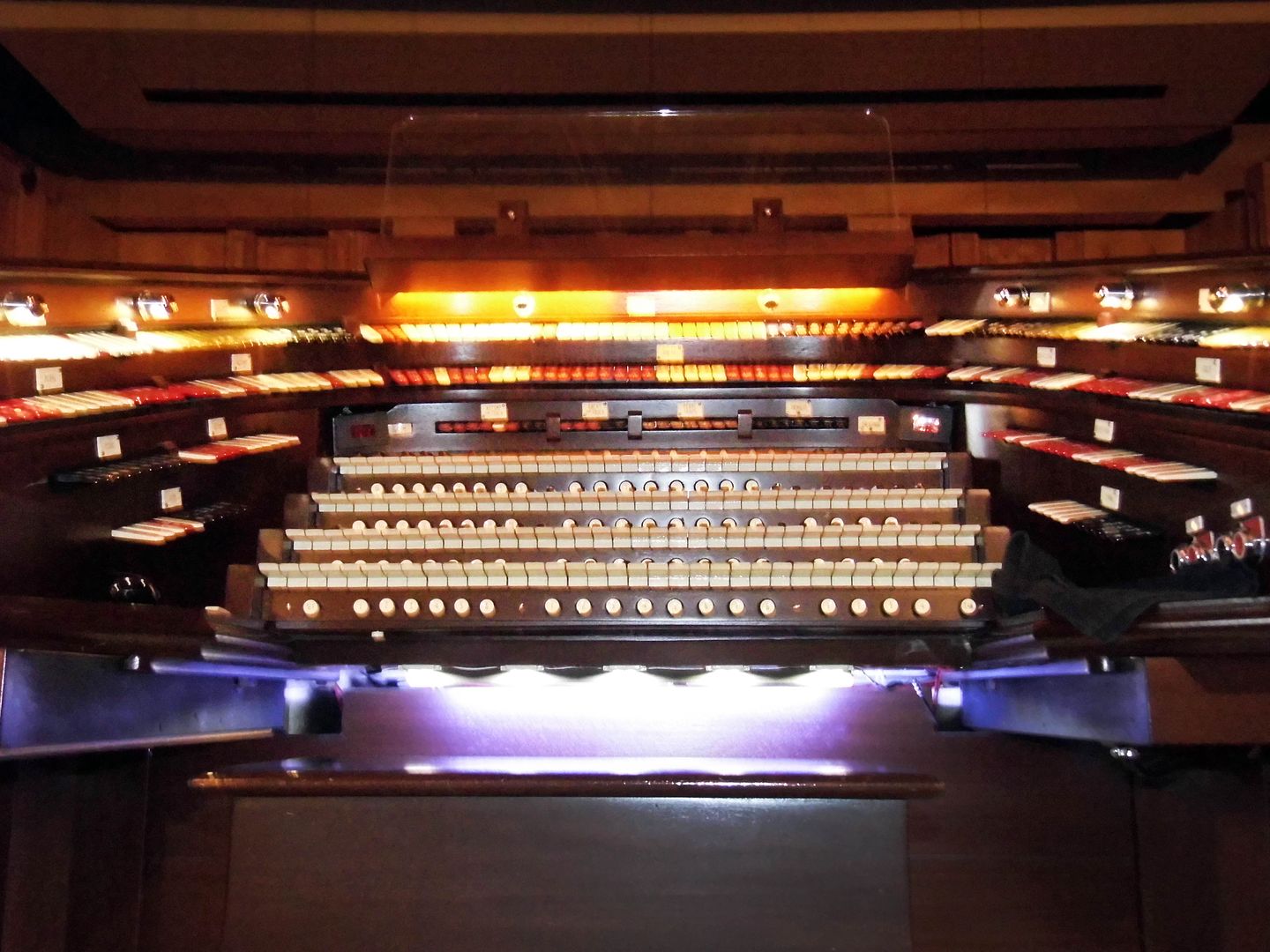
...but the circa 1923 theatre organ by The Robert Morton Organ Company remains.

Originally relocated from the nearby Balboa Theatre, it has expanded from 32 ranks to 47, with new ranks added in 2011/12. The horseshoe-style console is moveable...
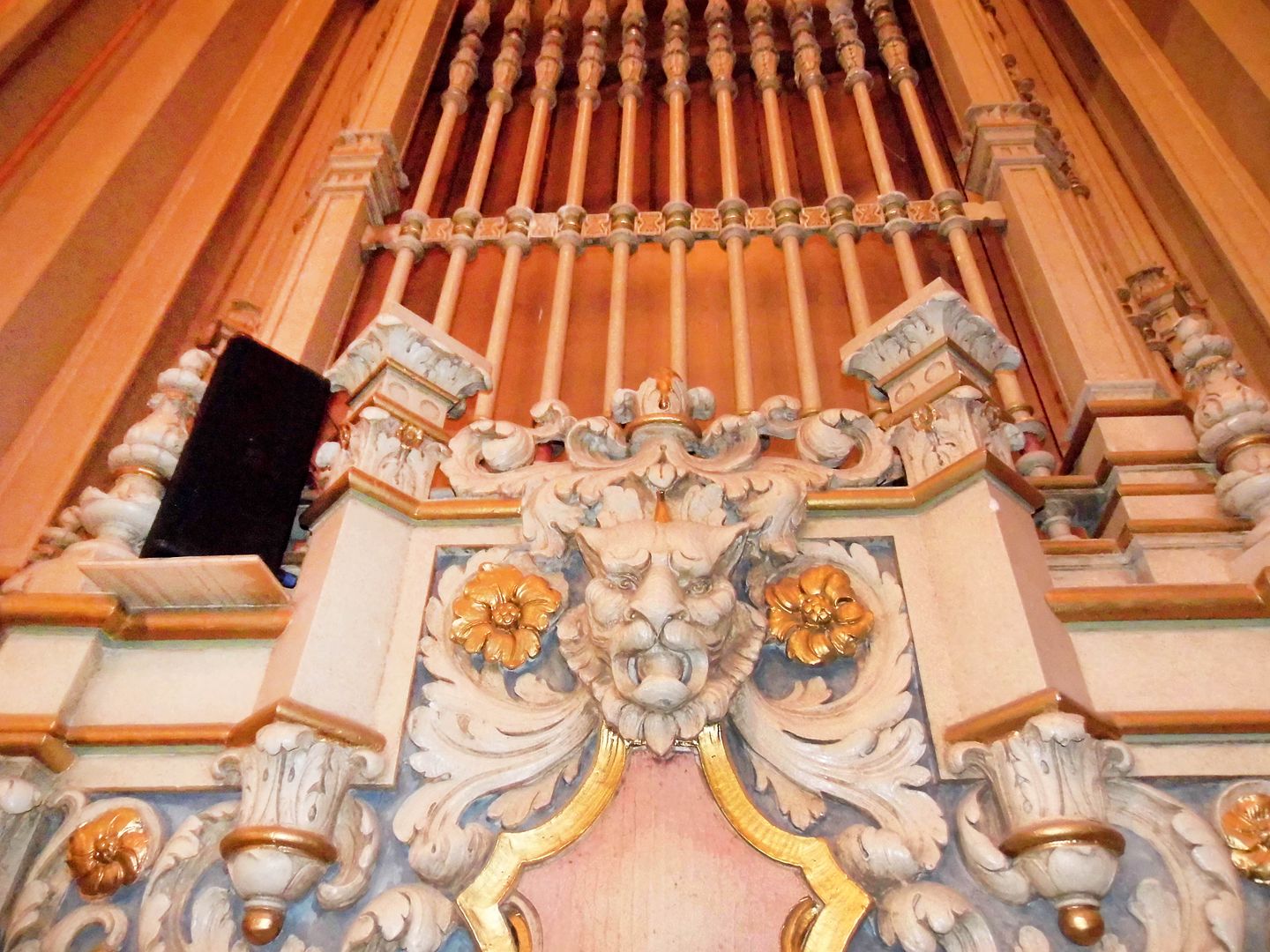
... and its 3000 pipes are hidden from view behind organ grilles on either side of the stage.
It makes me wonder what other historic buildings might be squirreled away behind modern facades, hidden from plain view?
Related Posts:
Photo Essay: The Art of Performing at Lincoln Center
Photo Essay: The San Diego Theatre Built By A Sugar Fortune
Photo Essay: Music, Architecture, and the Rescue of the Heifetz Studio

No comments:
Post a Comment